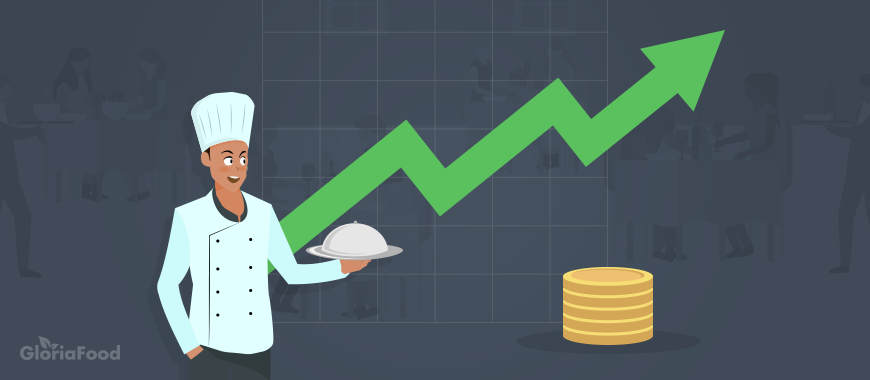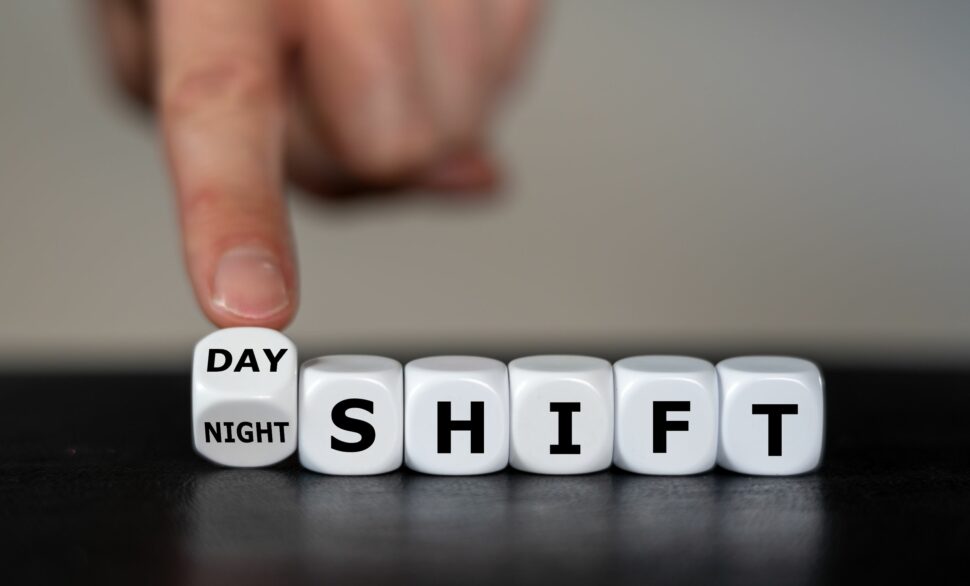Forecasting restaurant sales can seem like a daunting task. And one that is never likely to lead to perfectly accurate results, but this doesn’t mean it is one that should be ignored. The truth is that forecasting restaurant sales is vital for most aspects of your business, whether it’s…
- managing your ordering and scheduling
- getting staffing levels right
- improving sales
- or even when and where to expand to
In this article, we’ll show you why it’s important, how to make your own, personally tailored restaurant forecasting model, and how to get the most out of the data available to you.
Related: Restaurant Menu Pricing Strategies to Help Your Business Thrive
Why is forecasting restaurant sales important?
Forecasting restaurant sales is important because it helps you get the most out of the data available to you.
This makes you better equipped for the day-to-day running of your business and for long-term planning. For example, if you make sure you have a good restaurant projection plan in place, it can help with:
1. Accurate Inventory Projections
By breaking down expected sales by year, month, week, day, or even by service, you can build forecasts with high levels of accuracy and ensure that less of the food you order ends up wasted because you’ve gambled on it being a busy week -> rather than looking at a detailed projection. Your projections might not always prove perfect, but they will help you ensure you don’t under-order or over-order at key moments.
2. Implementing a Smart Staffing Strategy
With labor costs – one of the major outgoings of restaurants – it’s important to make the best staffing decisions possible. Too many staff for a quiet restaurant will give you a high labor cost ratio. Not having enough employees on a busy night could lead to bad customer service. And in the long term, it will bring you a cascade of bad reviews and damage your reputation. However, with a good forecast that helps you understand your restaurant’s average daily seat turnover, as well as respond to other seasonal fluctuations, you’ll be well prepared and cost-effective to deal with different types of situations.
3. Understanding Your Peak Times
It’s a great idea to figure out sales estimates for each day of the week, but you should also consider the effect of holidays, events and the weather impact when forecasting. By using data from previous sales you can see what weather conditions do for your sales and bring in the necessary supplies and staff to help you capitalize on any seasonal peaks in your sales or try new offers when demand is likely to be low.
4. Planning Business Growth
But good forecasts won’t just help you with nuts and bolts. By scrutinizing profitable periods or low seasons, you’ll be able to plan when it might be suitable for you to launch a new restaurant or refurbish your existing one. With detailed records and a clear plan, you’ll easily be able to demonstrate to potential investors that your business has what it takes to take new markets by storm and easily make accessing other forms of capital much easier.
How to design your restaurant forecasting model?
Even if math isn’t your strongest point, don’t worry, as all you need is some basic math and a few assumptions in order to produce the restaurant revenue statistics that will soon help you maximize your restaurant’s profits.
If you’re starting from scratch and don’t have any data to begin with, you’ll want to speak with other business owners and particularly people who have opened restaurants themselves to check out your pricing. And what to expect in terms of covers on different days of the week. If you already have the data and prices, you are good to start plugging in the numbers and create your own revenue forecasting model.
The basic formula model consists of:
A(n*fm) + B(n*dm) = C:
Where:
A) Number of covers (no. of diners who eat or a meal that is being served at a table) multiplied by the expected average food sales
+
B)Number of covers multiplied by expected average drinks sales
=
C) Projected sales
With these factors in mind, you’re ready to begin forecasting food and beverage sales. For example, if you expect your restaurant to serve a maximum of 15 covers with each customer spending an average of $10 each on food and $4 each on drinks you get:
A (15 x 10) + B (15 x 4) = C) $210
You can apply the same model to each and every service. And adapt it accordingly, considering that your customers might spend:
- more on lunch than on breakfast
- more on drinks at dinner than at lunch
- and more during the weekends than on weekdays
By building these extra factors into your model, you are better able to estimate weekly and daily sales.
For example, if your restaurant is…
- open for lunch and dinner 6 days/week
- and operates at full capacity just two days/week
- is at half capacity 2 days a week
- and somewhere in between the other two days
- and you assume that on average people spend more at dinner than at lunch
… you can quickly populate a basic table outlining what your restaurant average daily seat turnover is, as outlined in the table below:

You can scale this table up to monthly and yearly averages as it is, or you can supplement it with additional information and assumptions. It can be anything related to
- the impact of specific events
- peak months based on previous sales
- or even how the weather usually affects your customers
How often should I be forecasting restaurant sales?
It’s a good idea to review how your sales forecasts have matched up to actual sales every month. However, you should update your forecast when you want to implement something along the lines of:
- a change in the number of seats (and so the number of covers you can do each service)
- a change in your prices (if you did some market research, and found out that your prices are too high or too low compared to your competitors)
- or your hours change (so you add in an extra service)
Once you’ve mastered the basic model, you should be able to build in additional features. Forecasting restaurant sales will help you decide whether you need to expand or when it is best to refurbish your restaurant (by looking at your average restaurant sales per square foot, recognizing seasonal patterns, or factoring in promotions offered by competitors and other changes in the market).
Related: Use These Restaurant Promotion Ideas That Work to Get Customers Through Your Doors

